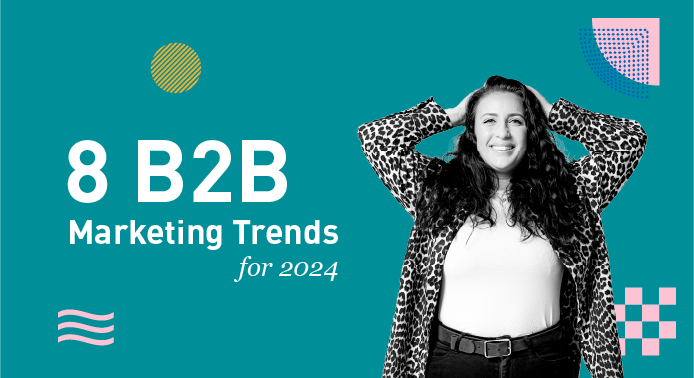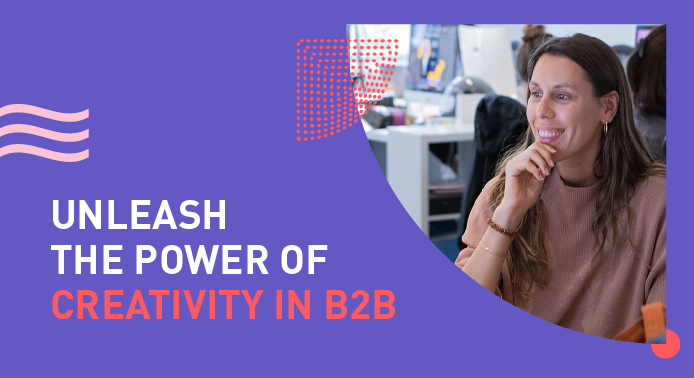
If you want to build beautiful, commercially successful products, having a good understanding of the people you design for is essential.
An empathy map is a simple, easy-to-digest visual that distils knowledge (gathering during user research) about a user’s behaviours and attitudes and provides a holistic view of their experience. Here at Blue Melon, we use empathy maps to help our teams better understand our client’s users (we prefer to call them humans).
Empathy mapping is a simple workshop activity that you can do with stakeholders, marketing and sales, product development, or creative teams. For teams involved in the design and engineering of products, services, or experiences, an empathy mapping session is an excellent exercise for groups to walk a mile in the shoes of users.
How to Read an Empathy Map

Four quadrants:
External:
- Said: This section covers what the user said regarding the product, idea, experience. These can be insights captured in interviews or user testing
- Did: Any actions or jobs the user does.
Internal:
- Thought: Expectations about navigating the product, the experience or around an idea
- Felt: How the user felt before, after and during their experience.
IMPORTANT NOTE: Understanding the user’s internal world is the most valuable step to uncovering their pain points.
How to Build Your Own Empathy Map
When we build an empathy map, we set up quadrants, just like the ones mentioned above.
[How to with an example]
3 Steps to fill out a Empathy Map for users (with an example):
Case Study
Users: UberEats BikeDrivers
- Define the question that you need to answer, using a ‘How might we…’ statement.
- How might we get more BikeDrivers in the northern beaches?
Context: Current local restaurants in X zone are experiencing higher demand for takeaway due to COVID-19. There is a need and demand for more bike drivers.
1. Fill out the empathy map: based on the interviews or the hypothetical insights we fill out the empathy map:

2. Synthesise the needs and transform them into opportunities and brainstorm possible features that will impact on the product.
3 Tips to Remember
- Set priorities: You may have many types of users involved in your research, but it’s important to keep the Primary Objective or Primary User in mind when you’re distilling insights.
- Fill out the Empathy Map as a team: Make sure you involve the entire project team not only to get their insights, but also ensure their commitment and understanding of the type of personas the product is communicating to.
- Use your Empathy Maps as much as you can: Empathy Maps and User Personas are the gifts that keep on giving. They will not only help you build a great experience or product, they can also help with marketing and strategic work in future – ensuring everyone across all teams and disciplines will always be on the same page.
These things excite us! If you’re interested in Empathy Mapping too, feel free to reach out for a complimentary consultation with a member of our team.








